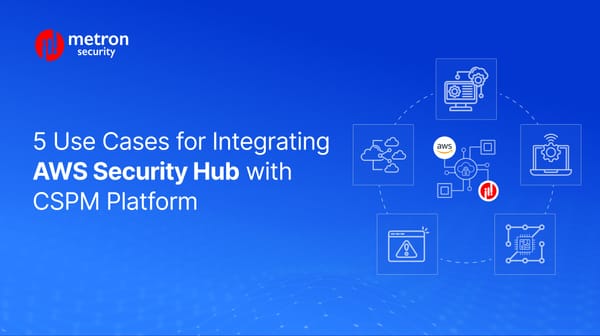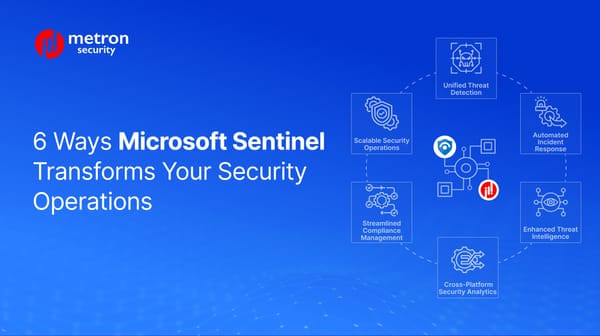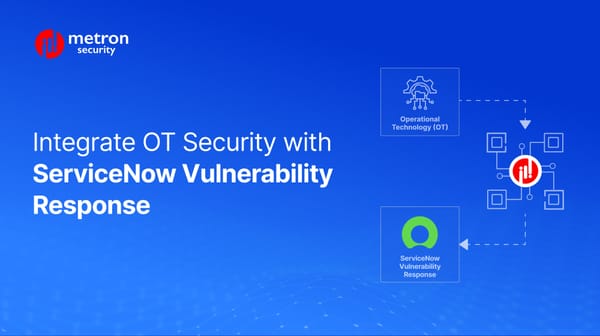Amazon Security Lake: Integration Architecture Overview [2024]
In the following piece, we provide a high-level overview of the integration architecture for this tool. Read the details here.
Anmol Jain
![Amazon Security Lake: Integration Architecture Overview [2024]](/content/images/size/w1200/2024/02/Amazon-Security-Lake_-Integration-Architecture-Overview-.png)
Amazon Security Lake, also referred to by multiple other names like AWS Security Data Lake, Amazon Data Lake, etc., is a data lake platform based on the cloud. In order to get a clearer picture of what this platform is and how it can benefit your organization, we’ll first dive into the concept of a Data Lake.
What is a Data Lake?
A Data Lake is a centralized pool consisting of all your structured or unstructured data, stored raw and completely ready for future analysis. It is a vast storage hub for all data insights that are yet to be discovered. It stores the data in their native format, meaning, the data is preserved in the original format, maintaining its authenticity and flexibility for future use cases. Besides this, when it comes to data lakes, the size of the data does not matter as it is capable of safely storing an abundance of data.
Note: To read more in detail about the platform, please turn to our use case article about Amazon Security Lake use cases.
Benefits of Integrating with Amazon Security Lake
Before hitting that "buy" button and making a purchase from an e-commerce site, it's crucial to understand why you're adding something to your shopping cart. Whether fulfilling a practical need or satisfying a burning desire, having a clear reason ensures you make a conscious and informed decision. Similarly, developing integrations without purpose is like sailing without a destination.
Before embarking on your Security Lake journey, chart your course by outlining 'why' and 'what's in it for you' by considering the following:
- Centralized View of Data: You will get a 360-degree view of your security posture across all sources in a single place.
- Simplified Process of Analysis: Standardized data format enables efficient querying and analysis using a range of tools and technologies
- Enhanced Data Security: It offers improved threat detection and incident response with the help of comprehensive data correlation.
- Scalability and Flexibility: Security Lake’s architecture scales seamlessly to accommodate continuously growing data volumes and integrates with various security tools.
Amazon Security Lake Architecture Overview
Accessing security insights of Amazon Security Lake requires an AWS account and having Data Lake enabled. Think of it as the key to unlocking a treasure trove of threat detection and analysis capabilities.
Here is an explanation of how third-party data flows into and can be retrieved from Amazon Security Lake:
1. Data Paths to Security Lake:
- AWS Integration Route: Your data can seamlessly flow into Security Lake from various AWS services like Route 53, CloudTrail, etc., making the best of pre-built integrations.
- Direct S3 Ingestion: Otherwise, you can send data directly to a designated S3 bucket specifically for Security Lake.
2. Data Format and Schema Requirements:
Mandatory Conversion: All data entering Security Lake need to meet the set standards:
- File Format: The file must be in Apache Parquet format, a columnar format optimized for efficient storage and querying.
- Schema: To store the data in the S3 bucket, it must adhere to the Open Cybersecurity Schema Framework (OCSF), a standardized structure for security data, ensuring consistency and interoperability.
3. S3 Bucket as the Storage Hub:
- Data Storage: Once formatted correctly, the data is stored in the S3 bucket, functioning as the central repository for all Security Lake data.
- New Data Notification: Each time a new data object is sent to the S3 bucket, a notification is sent to Amazon Simple Queue Service (SQS).
4. Data Retrieval Process:
- Data Fetching: When data lands into S3 buckets we can configure SQS to get notified about it. This notification can be consumed to retrieve data.
Some things to keep in mind for the integration process:
- The data can enter Security Lake either through AWS integrations (via one or more AWS services) or direct S3 ingestion.
- Apache Parquet format and OCSF schema compliance are essential for the data.
Conclusion: Navigating the Flow of Security Data
Integrating your data with Amazon Security Lake unlocks a powerful set of capabilities in terms of threat detection and analysis. By following the steps and considerations outlined above, you can seamlessly ingest your data into the S3 bucket, ensuring correct formatting and schema adherence.
Remember, Security Lake automatically converts non-compliant data, paving the way for comprehensive insights easily. To leverage these insights, you simply have to send a request through SQS, and your desired data will be retrieved from the S3 bucket.
If you are looking to set up any integrations with Amazon Security Lake or are facing challenges with an existing installation or integration, you can reach out to us at connect@metronlabs.com.
Metron Security provides on-demand and effective approaches to managing third-party integrations for security ecosystems. Since 2014, Metron has delivered automation solutions for over 200 security applications along with several hundred custom automation solutions.









